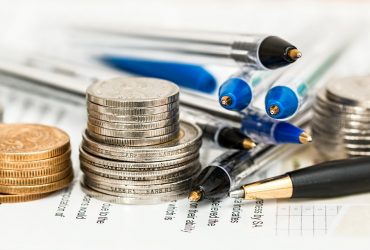Are solar panels are valid investment idea?
Whether it be for your home or your business, solar panels are a hot topic of conversation for saving on your energy bills. It’s also a great way to actually earn money, depending on which country you reside in. The biggest problem, however, is the initial investment. Ensuring you do your research on the best solar installation firm near you to get the best deal is crucial, but can be challenging. There isn’t a great deal we can actually do about this, unless you gradually built up your system over the years, but this really isn’t the most financially sensible plan. If you have worries about return on investment, initial costs or system sizes, read through this article and find out everything that you need to know.
How much do they cost?
Ok, so the most important question: how much is this going to cost? This has a variety of answers, all depending on how much space you have available, how much you are willing to invest and how much energy you need to generate in order to fulfil your usage requirements. Obviously, the more electricity you want, the more that you are going to have to pay to begin with. But, of course, the more you stand to gain in the future.
There are also a number of types of solar panel cells that all have different price structures. The most common is monocrystalline silicon, which is the most efficient of the standard commercial solar cells. This is because they are solid state and are made up of a singular crystalline structure. For a 3,400 kWh system, which would generally be enough to cover the usage of most UK homes, would cost you between 6,000 – 8,000.
How long until I see a ROI?
Once again, this will depend on the amount you invest and the amount of electricity that you are generating. Most solar panel investments will see a return on investment after roughly 18 years. This may seem like a lot, but the rewards are more than worth the wait. Not only this, but due to recent pushes on the Government Feed-In Tariffs , people are actually earning money through the electricity that they generate.
Feed-In Tariffs are available in a number of countries worldwide. It means that you are paid for every kWh of electricity that you generate, even the ones that you use. The ones you don’t use will earn you an even higher rate, as essentially you are selling it back to the grid. This was instated to encourage the generation of electricity through renewable means, independent of big corporations. Household energy generations have been going on now for quite some years, but due to increases in efficiency, lowering of prices and the release of various incentives, it’s never been so popular.
What happens at night?
If you have solar panels and you are worrying about what happens when you are not actually generating electricity in real-time, such as at night, then you have two possible options.
Your first option would be to stay connected to the national grid. This would mean that any electricity that you generate in real time would be provided to you by your own means, reducing the amount that you use from the grid drastically. Any excess of this would be sold back to the grid according to the Feed-In Tariff rates at said time.
Your second option would be to buy a storage battery. These work like a mobile phone power bank: as you generate electricity, your battery will be charged simultaneously, meaning when you need electricity and you’re not generating in realtime, your battery will be activated and you will start to receive your energy through the battery. This will, however, add a further initial investment to your upfront costs, but it will mean that your ROI will come faster. If you’re planning on getting a solar battery, you will need somewhere safe to keep it. Luckily, there are solar battery storage options, so homeowners can store these batteries in their homes.
Where is the best place to put them?
Placing your panels on a roof, in most cases, will of course give you the best results for your generation. However, this obviously means that you are going to be severely limited on space. South facing homes will have the best generation potential, but this is something that cannot be changed by yourself regardless of how you position your panels.
When you have your panels installed, it is best to speak to an expert to have them weigh up the possible placement options around your property. It may be the case that having a raised structure to carry your panels may work more in your favour. It is all relative to the physicalities of your property and the surroundings that may hinder your generation potential.




